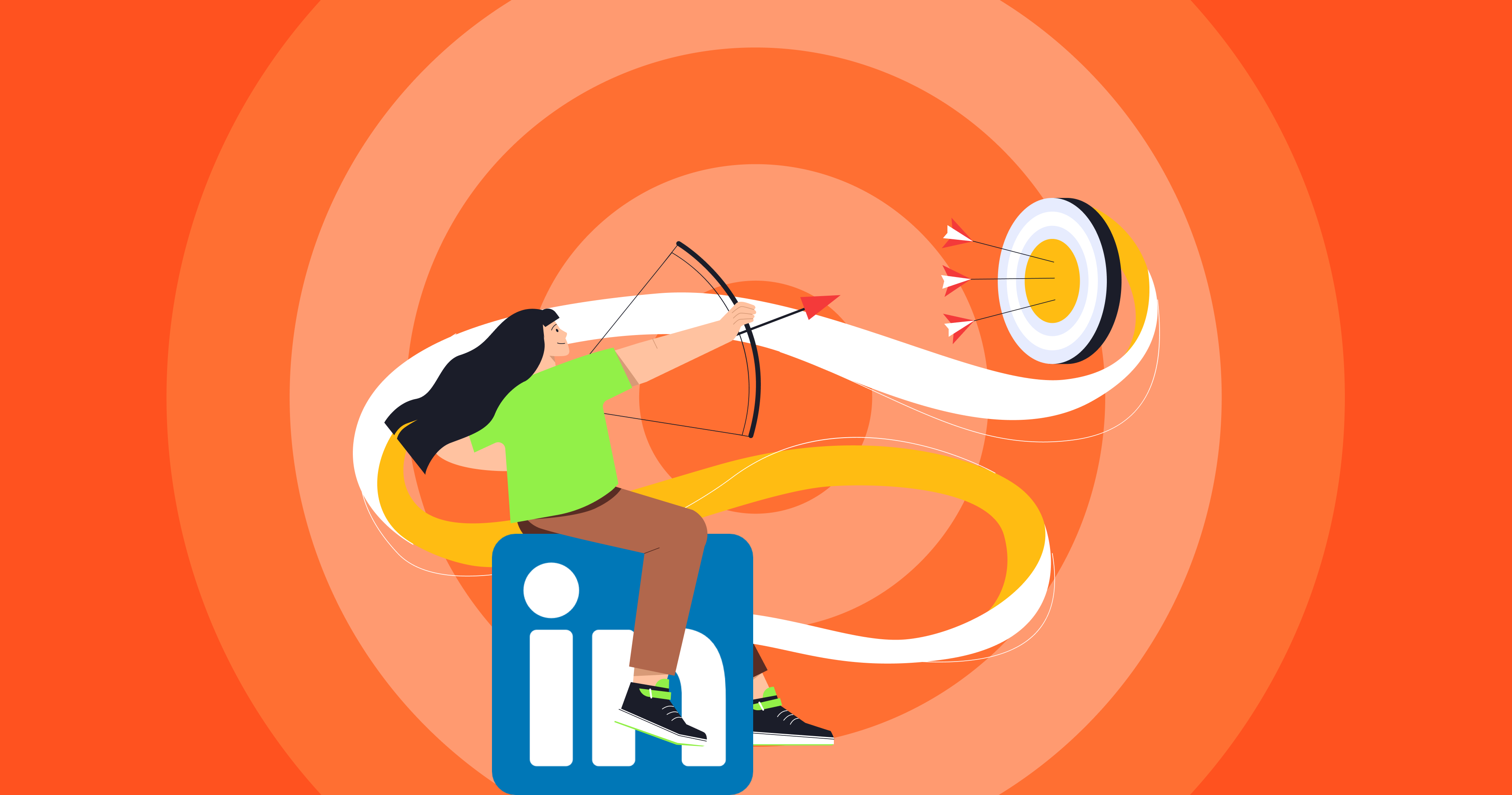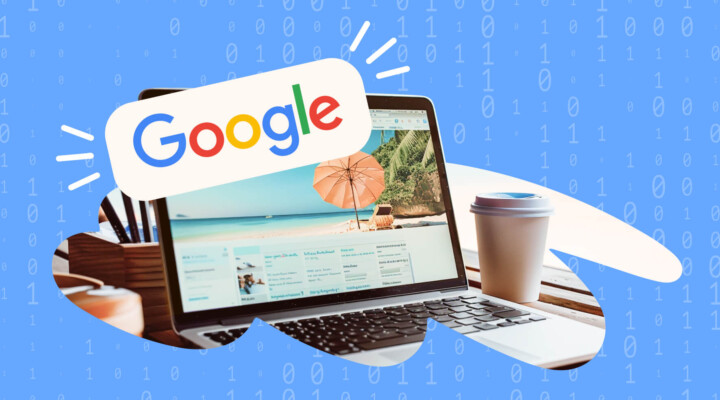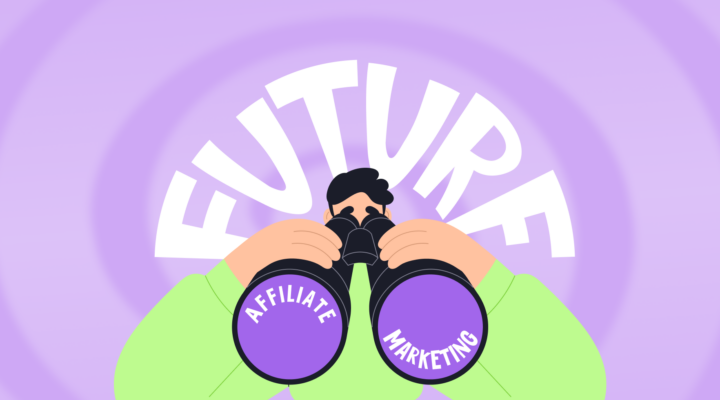Why Use LinkedIn for Your Brand Growth
LinkedIn is a social network like any other, where a person’s profile serves as a virtual reflection of their persona, and popularity and/or success are counted in likes, shares, and connections. However, there are a few things that make this platform stand out.
First, LinkedIn is massive with over 740 million users worldwide.
Second, the network is tailored to professional communication and people use LinkedIn for business. Though it’s known as a career network, LinkedIn has long been much more than that. It’s a platform for industry discussion, finding business partners, and building business relationships. Personal profiles, from business owners to decision-makers, and company pages, from small enterprises to multinational corporations, exist and engage with each other on this professional network.
Third, LinkedIn users travel a lot. According to LinkedIn, 28% of their members make five or more leisure trips, while 20% take three or more business trips per year. Furthermore, they are more active and likely to post on travel topics than users on any other social network. This can be especially beneficial if you want to use LinkedIn for marketing.
How to Use LinkedIn for Marketing
Let’s look at how exactly LinkedIn’s setup can help you raise brand awareness and generate effective and high-quality leads. Consider the different ways that you can promote on LinkedIn in order to make the most of this platform.
Refine Your LinkedIn Page
It may seem obvious, but your profile is what makes the first impression for prospects and may well determine whether a potential customer will stay on your page or leave, never to return again.
Use an appropriately sized, high-quality image of your logo for your page image. The banner allows much more room for creativity. It is best to use a banner image that aligns with your brand and looks good with your logo.
Write a compelling description of your company in the “About Us” section. It should be concise, meaningful, and easy to read. Avoid wordiness and long sentences. In terms of content, this section must tell a prospect all they need to know about your company, such as what you do and what you offer, while reflecting the values of your brand.
Be sure to fill out other page fields, such as your URL, address, HQ country, industry, and company size.
You can get inspiration by looking at the pages of successful companies to see how they’ve filled out these fields.
Optimize Your Page for SEO
A LinkedIn page that is well optimized for search engines will attract more prospects and can give you a competitive advantage.
When writing your “About Us” section, make sure to insert keywords. These are carefully selected words and phrases that you expect people to use when searching for the services and products you offer.
Having links on other webpages leading to your page will improve your search ranking. To start, create a link to your page from your website or blog.
Share relevant content often. The more frequently you share content that your followers engage with, the higher your page is likely to appear in the search results.
Build up Connections
Your followers are your ultimate audience. The number of followers your page has determines the number of people who see your posts in their newsfeed.
Use the Follow Plugin Generator to add a “Follow on LinkedIn” button to your website.
Your personal profile connections can help greatly here too. Invite them to follow your LinkedIn page. Moreover, you can also tap into your employee’s connections by asking them to share posts.
Don’t forget to promote your company page on emails, newsletters, and blog posts.
Share Engaging Content
The professional audience of LinkedIn does not favor content that only positions your products or services while adding no value as a reading experience.
When marketing through LinkedIn, share thought-provoking posts and original ideas instead of posting sales-oriented material. This kind of content will get people interested in what you have to say, and, by extension, in what you have to offer. Posting engaging material can also help you win the affection of prospects as well as generate more shares and follows for your page.
Leverage Different Content Formats
Having different types of content on your page is an incredibly powerful tool. Humans process different kinds of information in different ways, thus each content type has its own benefits in terms of engagement and appeal. So, why not make use of them all?
Experiment with different forms of content and incorporate other types of media. Adding images increases engagement and helps readers stay focused on your post. Use videos too. The recommended length of a video is about one to two minutes long. Don’t forget to add subtitles for anyone watching without sound. Finally, attach documents, such as a PowerPoint or white paper.
Use the Sponsored Content Feature
Advertising is always a great way to expand your brand’s reach, increase awareness, and generate leads. LinkedIn has a range of options that you can select, tune, and control using an ad account called the Campaign Manager.
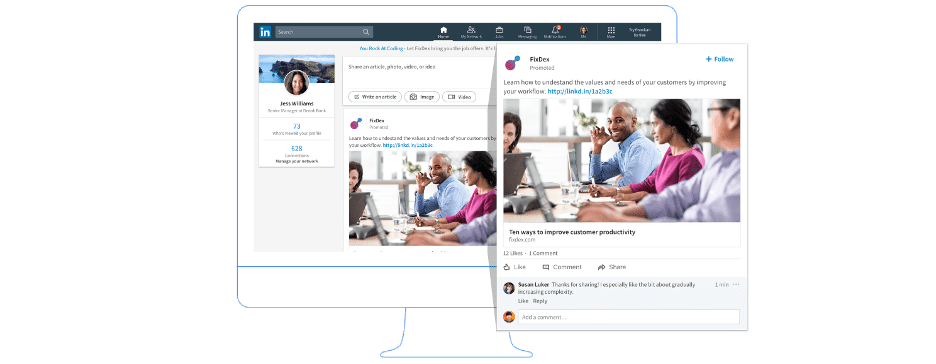
One of the options to create ads is Sponsored Content, which is a feature that pushes your content out to new audiences that may otherwise have been beyond your reach. These ads can be targeted to different prospect groups according to your requirements and come in the form of single images, short videos, swipe cards, or specialized event ads. Like an update, this content will appear in LinkedIn users’ feeds but won’t appear as a post on your page.
Create Ad Campaigns
Apart from Sponsored Content, you can advertise on LinkedIn using a range of ad campaigns, which are easy to launch and adjustable to your needs via the Campaign Manager page.
When you create a Campaign Manager account, you are asked to set your objectives and targeting criteria. Then, you can proceed to choose your ad format.
Message Ads help you reach out to potential customers directly through the messenger.
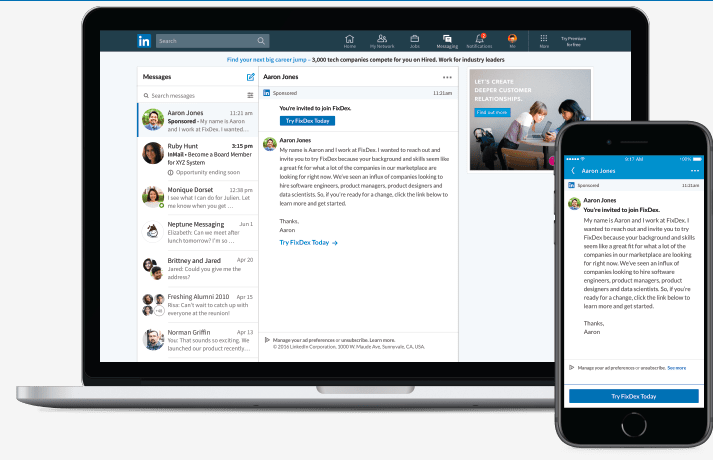
Text Ads are classic pay-per-click or cost-per-impression ads that will appear in the right-hand portion of the main user interface. These can be created and launched in minutes and you’ll only pay for those that work.
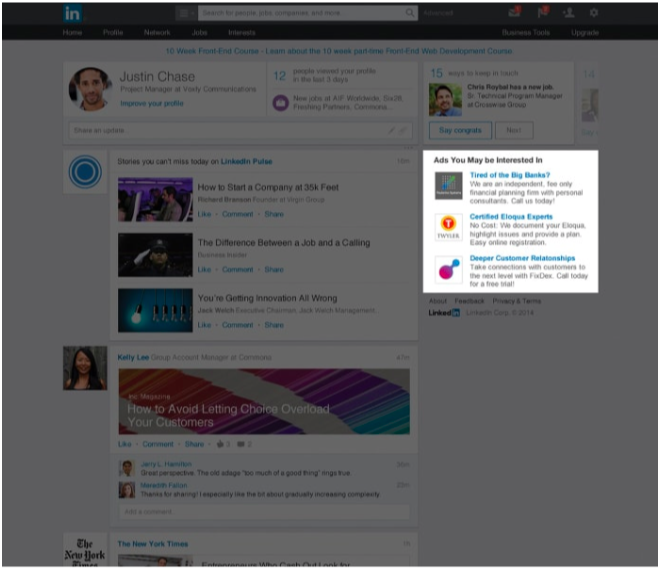
Personalized content is available with Dynamic Ads. These can be targeted to specific members of the audience you wish to reach using their profile data, such as a company name and/or job title.
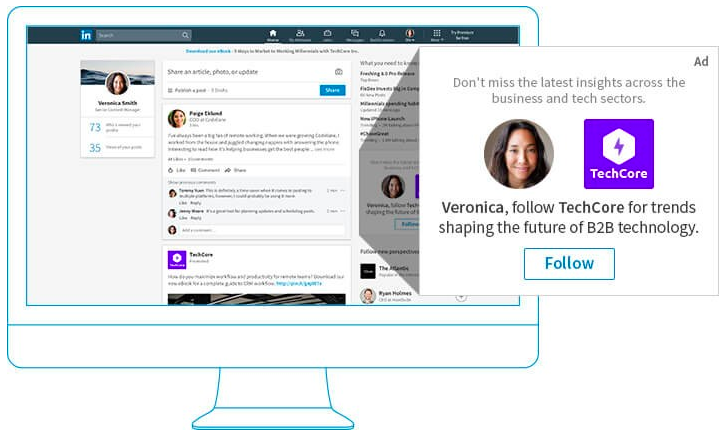
Check Analytics
Knowledge is power. LinkedIn provides all page admins with valuable insights into follower and visitor demographics, content efficiency, and competition.
Knowing what kind of people follow and visit your page will allow you to produce more relevant content and work on an audience-specific engagement strategy. Knowing where they come from will help you evaluate and improve your promotional activities. Insights into content success allow you to test different types of content, select more relevant topics, and enhance the quality of your content.
Find Your Target Audience
LinkedIn has unparalleled targeting opportunities that allow you to market on the platform to essentially any customer type.
The Campaign Manager “Targeting” tab lets you set criteria for the audience you wish to market to, based on their profile information. These include location, job function, title, education, company size, and even interests, so you can adopt a very granular approach to finding prospects.
Grow Your Email Marketing List
As mentioned before, your profile connections will come in highly useful when you are performing LinkedIn marketing. From your personal professional account, you can approach these people directly with a message offering to let them join your marketing list.
You may not be able to completely personalize your message for all of your connections. However, you can make your message sound more personal by using a friendly and professional tone.
Join Groups in the Niche
Being an active member of travel-related groups gives you an excellent opportunity to attract attention to your brand page.
By sharing your knowledge and expertise with a community that is openly interested in your sphere of business, you can increase the visibility of your page, build a reputation for your brand, and make relevant connections. If you play your cards right, members of niche groups may ultimately become your customers and business partners, which may lead to other useful professional connections. Let them know what your brand can bring to the table.
You can choose interesting groups on LinkedIn by searching for groups using keywords and filtering the results as well as looking at the groups that your connections have joined. You can also consider joining these affiliate marketing and travel groups:
- Affiliate Marketing
- Affiliate Marketing for B2B Advertising
- Travel & Tourism Industry Professionals Worldwide
- Travel Bloggers
- The Luxury Travel World Community
Create Your Own Group
To leverage all the benefits of participating in a niche group activity while playing by your own rules, consider creating a group of your own. This can be a strategic space to share relevant travel industry news, raise important issues, foster discussion, and demonstrate your knowledge. Essentially, it is another way to make your voice heard without having your posts sound like a sales pitch.
Plus, as a LinkedIn Group admin, you will have access to powerful tools, such as sending your members digests of group activities and even reaching them via email with weekly group announcements.
Claim a Custom URL
Finally, think of a strong custom URL that reflects your brand name and makes your page easier to find and share. Doing so will make your link look professional and far more user-friendly compared to the long string of numbers and characters that you get by default.
This will also help with SEO and will allow you to generate more organic traffic.
How to Market on LinkedIn
Let’s wrap things up. As you can see, there are many benefits of using LinkedIn for marketing. A successful campaign on LinkedIn revolves around a few key things: creating a professional and attractive brand page, producing relevant content, participating in industry discussions, and making use of LinkedIn’s native tools, which are designed to help you reach the right audience.

